We have all heard the buzzwords that claim to be the answer to moving the dairy industry forward: cow sense; walk-the-talk; strategic marketer; team player. There is nothing inherently wrong with any of these descriptions. In fact, Holstein Canada President Mario Perreault embodies all of these, but he goes beyond labels to another level altogether. Mario recognizes that dairy industry growth is not simply the external label that we give Holstein breeders … or even Holstein cattle … it goes much deeper than that.
Holstein Breeders with a Common Goal
Although his experience with cows brought him to this role, it is his passion for the people of dairy breeding that excites this dairy industry leader. “I made a clear statement in my first editorial of the Info Holstein: I will focus on teamwork – with our Board members, with our very qualified staff and with our industry partners. The reason is simple: the more goals we have in common, the more benefits our members will receive.” Mario believes passionately in Canadian Holsteins.
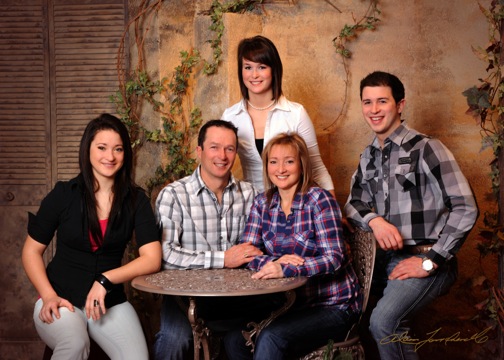
Holstein Canada’s Ambassador Walks the Talk
As is often seen in the dairy industry, passion is the foundation for successful dairy operations. This is certainly the case for the current President of Holstein Canada who is a successful dairy farmer from Quebec (Read more: Vieux Saule Holstein: Rooted in family Values). It has been seven years since Mario was elected to the Board of Holstein Canada. With the support of his wife Linda, he has not only become fluently bi-lingual but he also speaks the language of passionate dairymen everywhere and is an enthusiastic and approachable ambassador for Canadian Holsteins. This owner operator of Ferme du Vieux Saule in the Lanaudiere region enjoys sharing his personal experience of the potential of the Canadian dairy breeding industry and is always excited to attend shows, visit farms and work with people who share his enthusiasm for Holstein cattle.
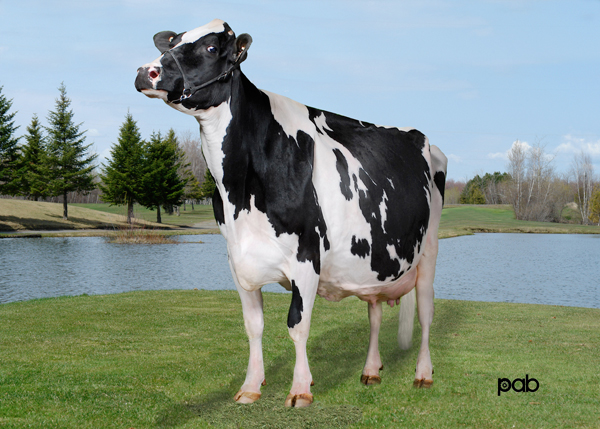
Vieux Saule Allen Dragonfly Ex 94 2E
14* NOM. ALL-CANADIAN 4-H JR.1-YR 2003
2 Superior Lactations
Nominated Holstein Canada Cow of the Year 2013
Supporting and Listening to the Next Generation of Holstein Leadership
There are many challenges in attracting the next generation into the dairy business and doing so is high on Mario’s and Holstein Canada’s priority list. “The younger generation is very important to Holstein Canada – after all, they are our future!” He outlines how Holstein Canada is taking action to support that priority. “Our Young Leaders program has been enhanced to support, motivate and train tomorrow’s leaders, in collaboration with our Industry Partners. Our activities range from scholarships, domestic and foreign exchanges (6 young Canadians will represent us the European Breeding School this fall), to a Young Leader program at our annual convention, and supporting youth in our Branches and at the Royal.” Mario and the Holstein Board are always looking for new and creative ways to support the next generation. “We are working on other new things such as a Leadership Convention similar to the Young Dairy Leaders Institute (YDLI) held in the United States.” Holstein Canada is committed to bringing finding new opportunities that build on experience and enthusiasm. “Projects are endless as we get our ideas directly from our youth.” The entire association benefits from that kind of commitment to and connection with the next generation.
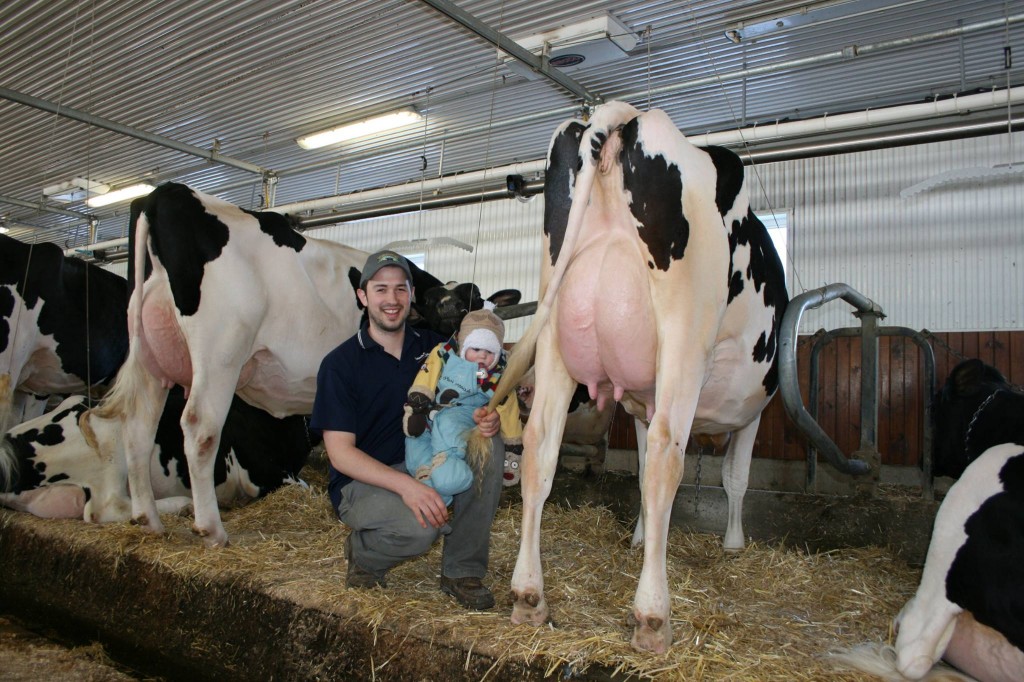
Mario and wife Lynda as well as son Jimmy Perreault operate a 200 acre family farm in Saint-Esprit, in the Lanaudière region of Quebec. Pictured here is son Jimmy as well as Mario’s grandson.
Holstein Canada is Pulling down Barriers and Losing the Labels
Less focus on internal differences and more focus on profitability for the breed.Squabbling is counterproductive agrees President Perreault,who is happy to see changes in how breeders see their peers. “Labels such as ‘commercial’ and ‘breeder’ are not used by Holstein Canada – all producers strive for increased profitability, and the source of income is first and foremost the milk cheque! Each farm is diverse and takes a different road to reach this goal but the goal remains the same!”
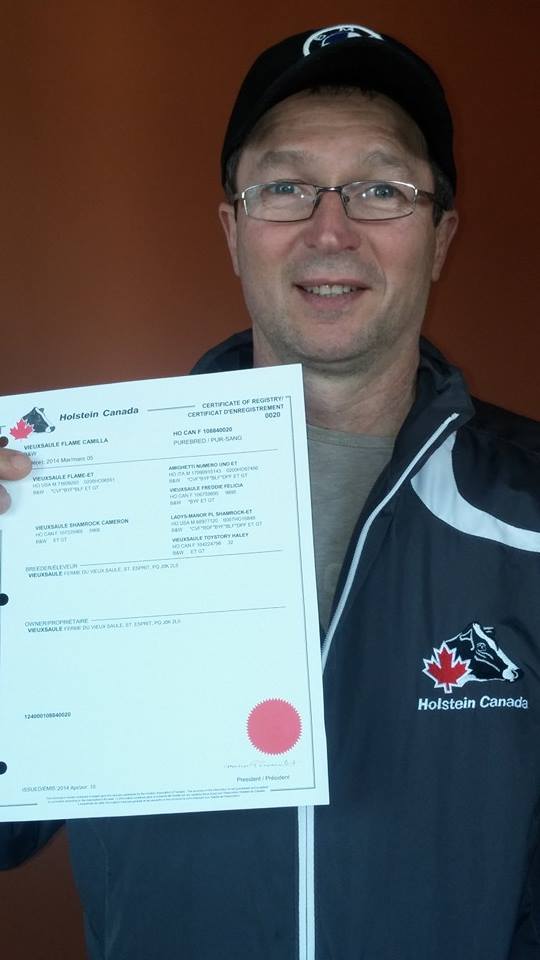
Mario Perreault with his first official signed registration as Holstein Canada President.
HOLSTEIN CANADA VISION: Creating a Competitive Advantage Beyond Registration
Mario appreciates that interesting ideas come from many sources, including those who occasionally ruffle feathers. He embraces the fact that in our common goal is a sustainable industry. “To this end, Holstein Canada’s services are tools to support increased profitability. We are talking more in terms of economics and added value – for example genotyping heifers is to decide which ones to breed, while classification is an indispensable herd management tool: cows with good conformation last longer, etc.” With characteristic enthusiasm, he looks forward to great things. “Holstein Canada will soon unveil the results of a study completed by a third party, revealing the financial benefits of our services – expect great things this fall.”
Educate the Breeder. Elevate the Breed. “Registration. Education. Elevation”
President Perreault is committed to making sure that Holstein Canada Members are up to date on advances in the dairy breeding industry. “We know we must better inform and educate our members – it is always the key to success when introducing something new on the market. We must especially deal with misinformation or misinterpretation.” In particular Mario is gratified regarding the uptake of genomics. “The use of genomics increases each year – we had 20% more genomic tests in the first six months of 2014, as compared to last year.” He reports on steps taken to keep this trend growing. “Holstein Canada has hired Extension and Education staff, to better inform our members on the value of using this new tool in the future. I believe the percentage will gradually climb each year, so my forecast for 2016 would be approximately a 20 – 25 % increase. The more we learn about properly using genomics, the more important this tool will become for all milk producers.” Mario balances his optimism with a definitive statement that genomics is not the only answer to advancing the Holstein breed. “We cannot repeat it enough – Genomics is a tool to be used in conjunction with other important factors: classification and cow families.”
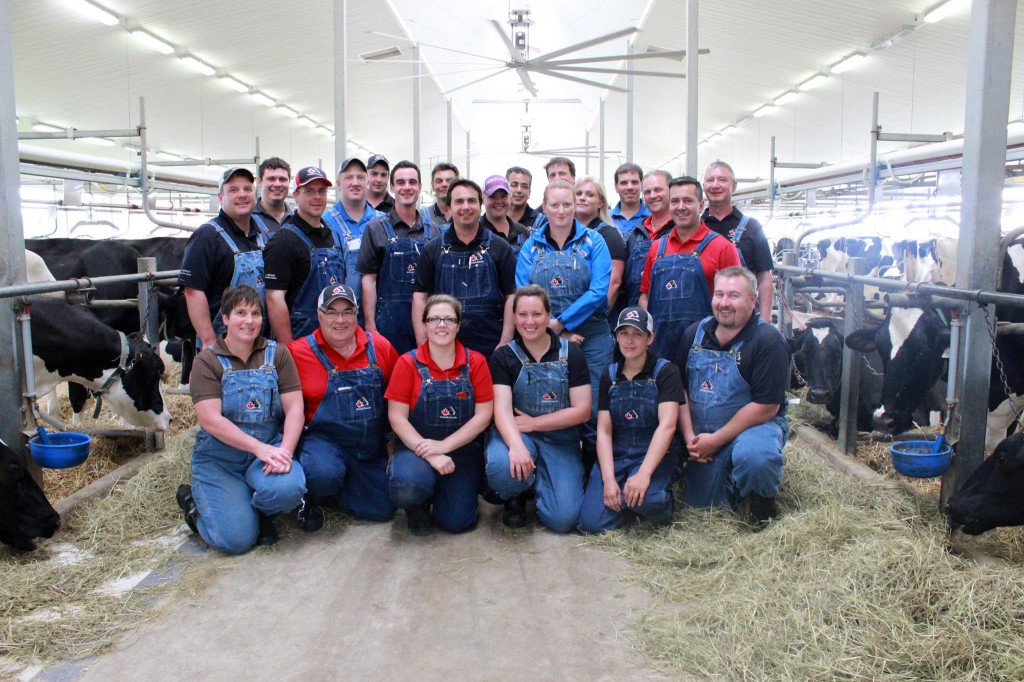
Holstein Canada Classification and Field Service Team
Classification Provides Added Value
Change is the only constant in the dairy industry marketplace. Holstein Canada has to adapt to new goals of Holstein members and the dairy marketplace. “We have changed our approach in these changing times. People no longer just want to talk about four generations of VG or EX – they want to see the added value of our functional Holstein cow.” Mario acknowledges that other industry partners are also addressing these changes. “Our AI Partners still support their clients (beyond paying for bull daughter classifications) and some are simply doing it in other ways, such as price discounts.” He sees an important role for the breed association. “It is up to Holstein Canada to promote the economic value and return on investment of classification – it is a Herd Management tool, first and foremost.” He is proud of ongoing and future plans in this area. “The goal remains the same: to promote a well-balanced Canadian Holstein cow that produces a lot of milk for many years, all while improving its health traits. Our very devoted classification team is doing this every day – and stay tuned this fall for more on this level.”
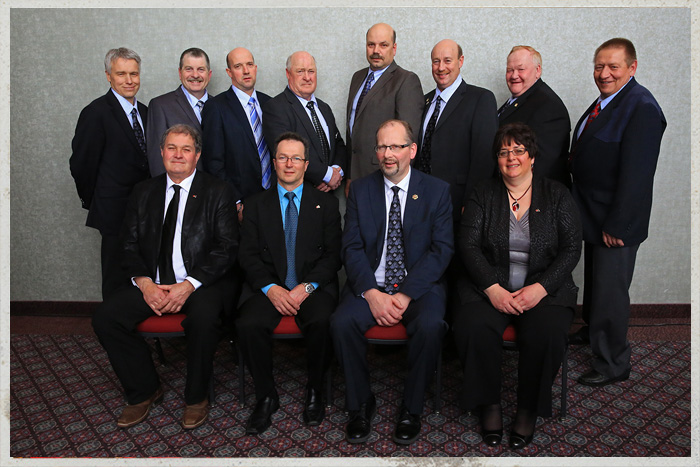
Holstein Canada Board of Directors
(back row, l-r): Robert Chabot (QC); Doug Peart (ON); Gilles Côté (QC), Ron Sleeth (ON); Gerald Schipper (ON); Harry Van Der Linden (Atlantic provinces); Ron Boerchers (SK & MB); and Orville Schmidt (AB).
(front row, l-r): John Buckley (ON)- Vice President; Mario Perreault (QC)- President, Richard Bosma (BC); and Elyse Gendron (QC).
The Future of Holstein Cattle Data Capture Changing with the Times
The Canadian dairy cattle improvement industry has a very progressive approach to making animal information universally available. With automated animal data capture increasing at a rapid rate and less third party verification, The Bullvine put forth this idea to the Holstein Canada President. “Do you see it possible that information from automated systems will be used by the Association and made available on the Association website?” Mario responded with characteristic passion regarding the potential in this area. “This is an excellent question! I also have the opportunity of sitting on the CDN Board, and we have formed a committee to study this issue. Other partners, as well as a few producers using automated systems, also sit on this committee.” Mario sums up that this area of research is a given. “Of course Holstein Canada is there. We must change with the times!”

Holstein Canada’s CEO Ann Louise Carson attending the World Holstein Friesian Federation (WHFF) Council meeting in Berlin, Germany.
Collaboration -At Home and Abroad – Expands the Holstein Marketplace
When it comes to marketing Canadian Holsteins Mario is especially enthusiastic. “This comes back to my strong feelings about teamwork! Yes, we want to help our member’s market Canadian genetics, and our way of helping is to work closely with The Canadian Livestock Genetics Association. In fact, our CEO sits on the CLGA Board.” He elaborates how working with CLGA is part of an ongoing Holstein Canada strategy. “Our goal is to work with exporters, to contribute in lobbying Government and to promote the quality of our Canadian Holsteins around the world. There are some things a generic and neutral association can do to help international marketing. This will be a priority in the coming years.” As well, Mario eagerly points out that collaboration within Canada is also a high priority for Holstein Canada. “Another very important issue for me is to put even more emphasis on the work accomplished with Dairy Farmers of Canada in the last couple of years.” His reasoning is not only based on “protecting our system of supply management” but also goes back once again to a basic commitment to all Holstein members that is best realized through teamwork. “Together we are stronger in promoting Holstein Canada’s profitable tools to all Canadian milk producers.”
The Bullvine Bottom Line
We must never underestimate how the world looks in on our national dairy associations. It is so easy (from the outside) to see where the other national association has cracks, negativity or blind spots. Getting to know Mario Perreault is a positive experience. He speaks with pride, enthusiasm and passion about the Canadian dairy industry and especially about Holstein people.
All the best to Holstein Canada President Mario Perreault from the Bullvine and our readers. Congratulations for helping our industry to succeed not only on the balance sheet but from the heart as well.

Get original “Bullvine” content sent straight to your email inbox for free.





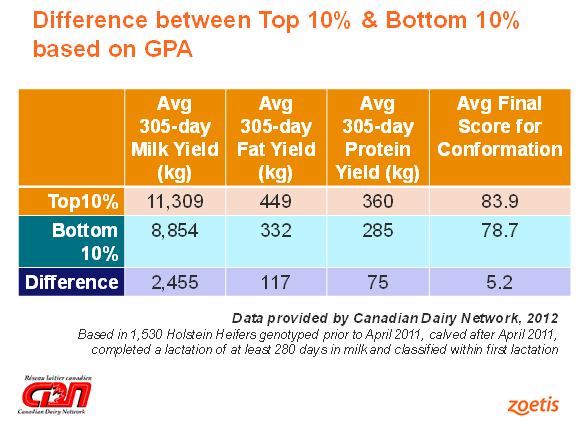
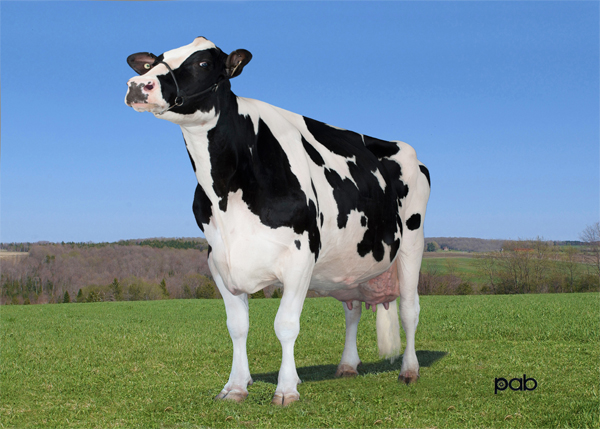

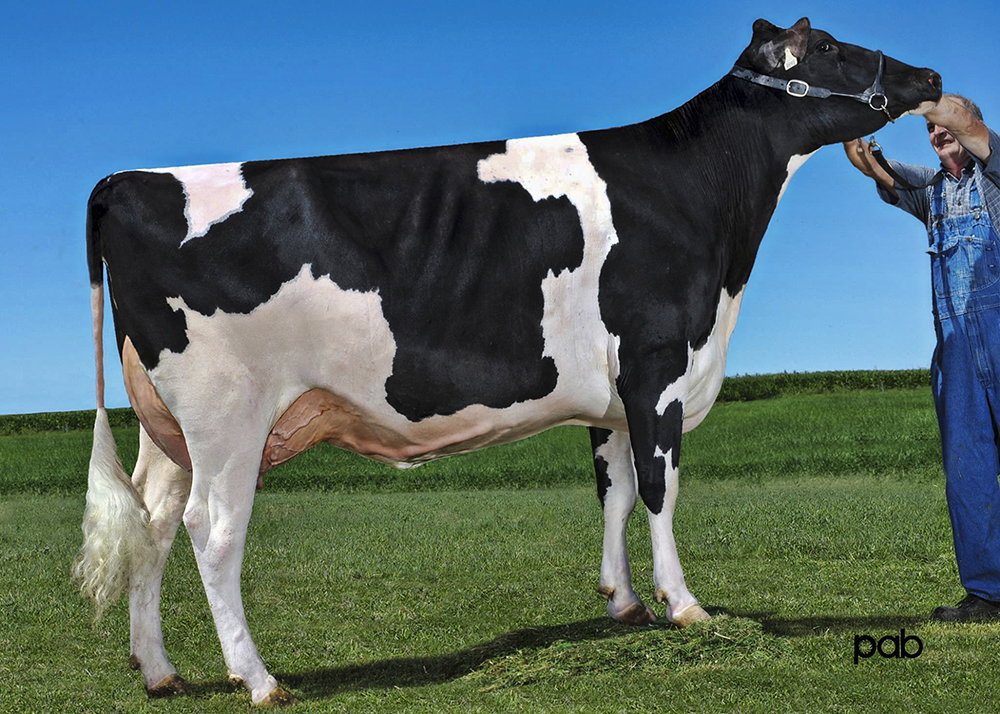
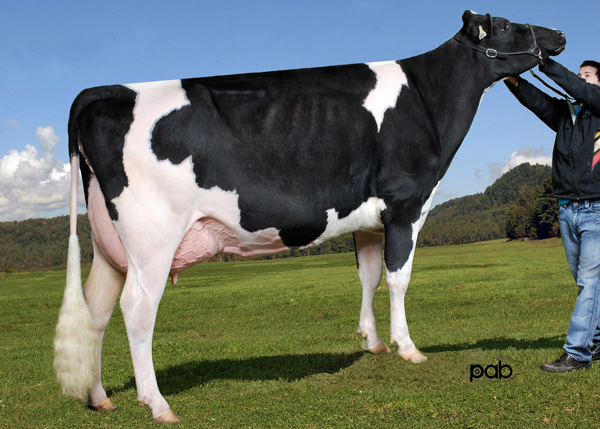
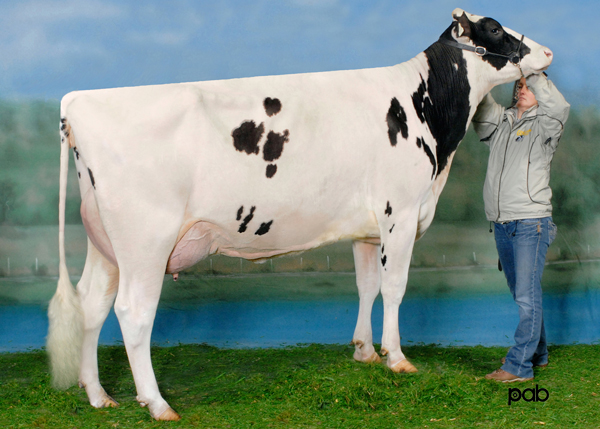
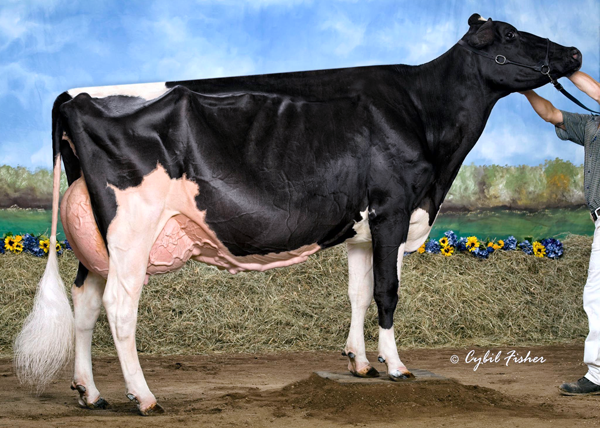
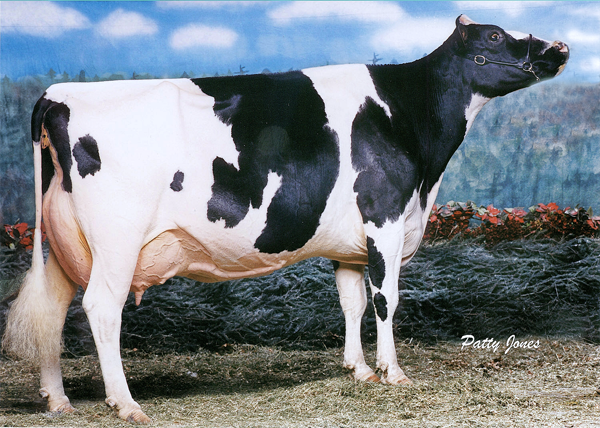
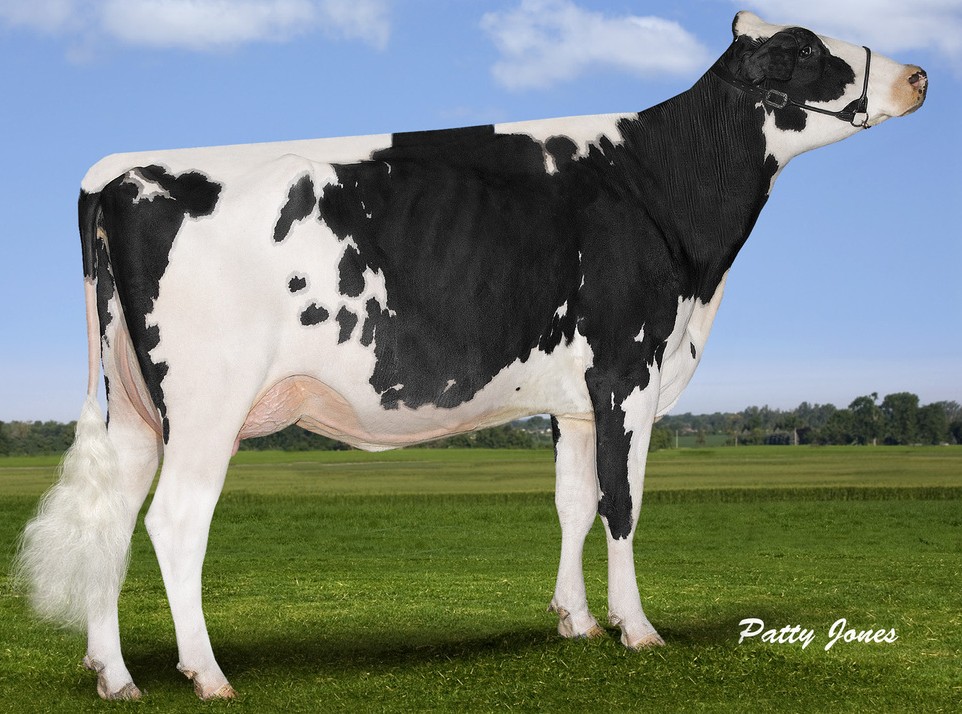
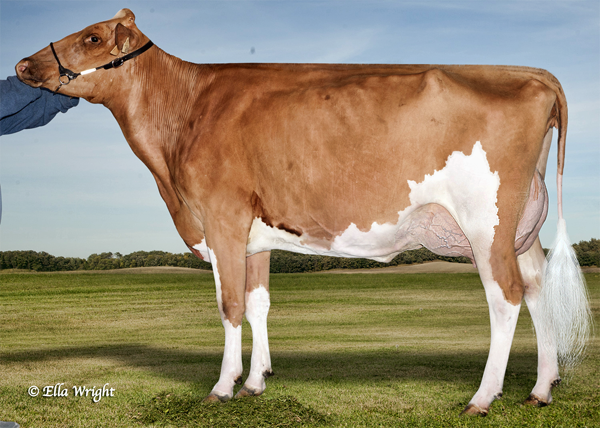
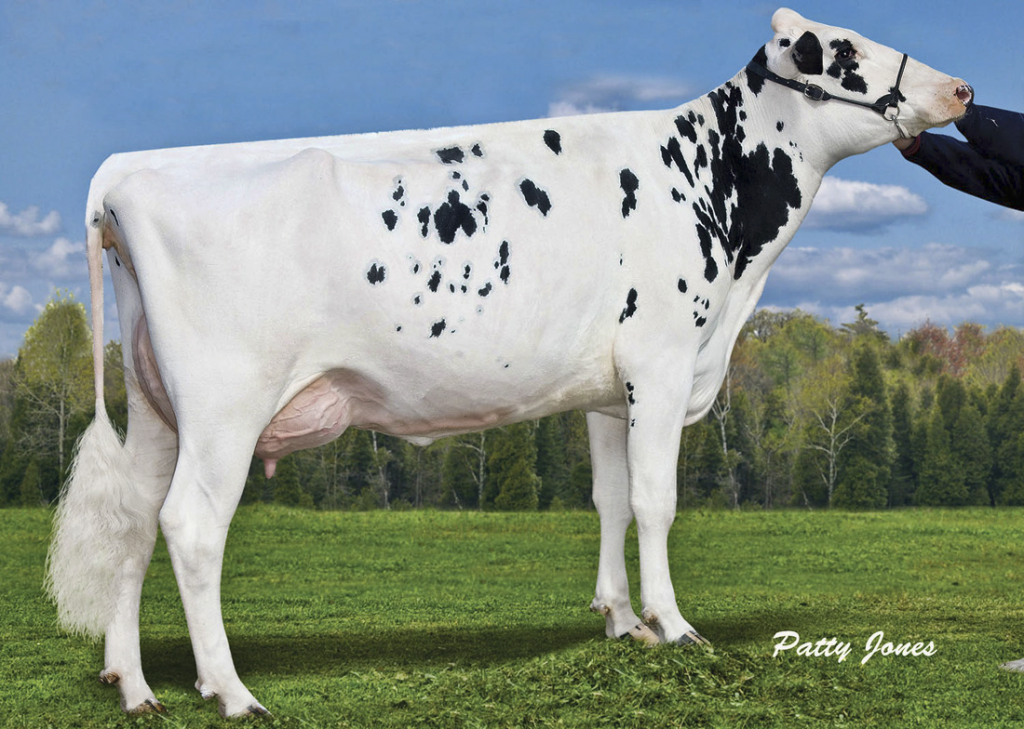
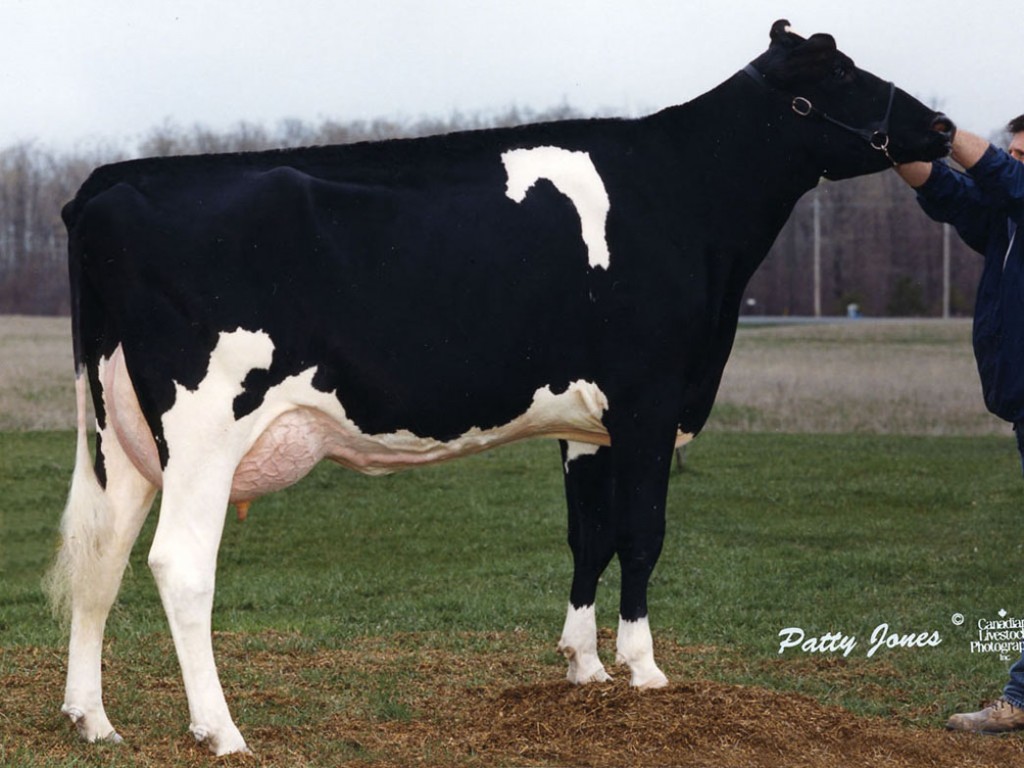
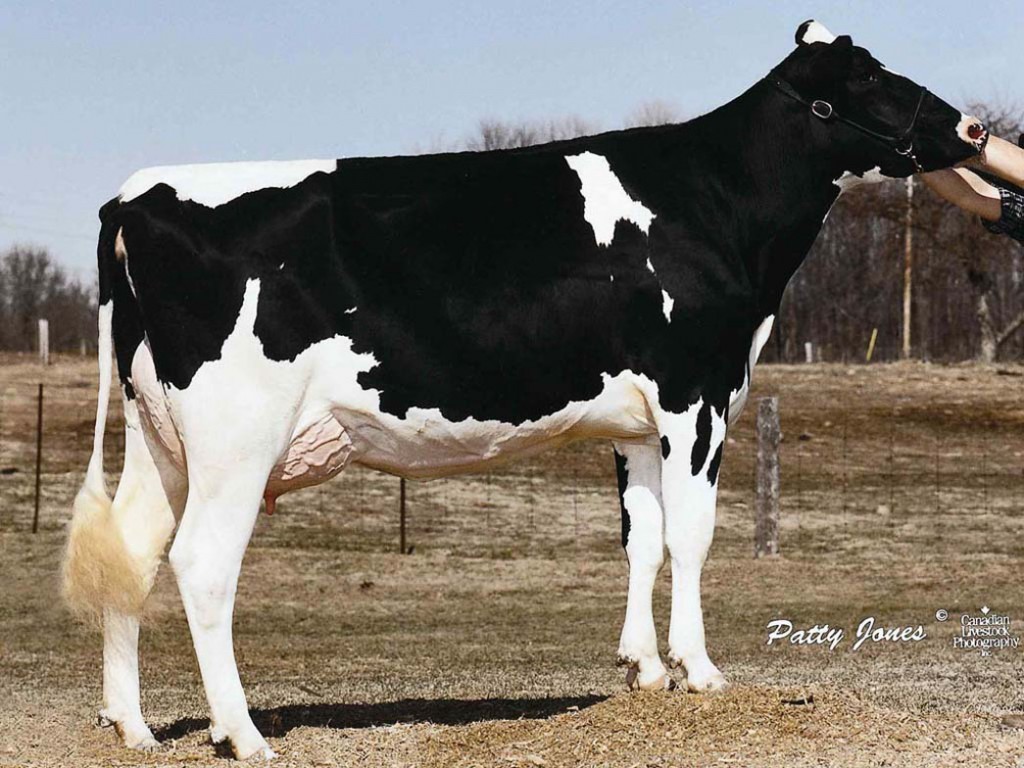
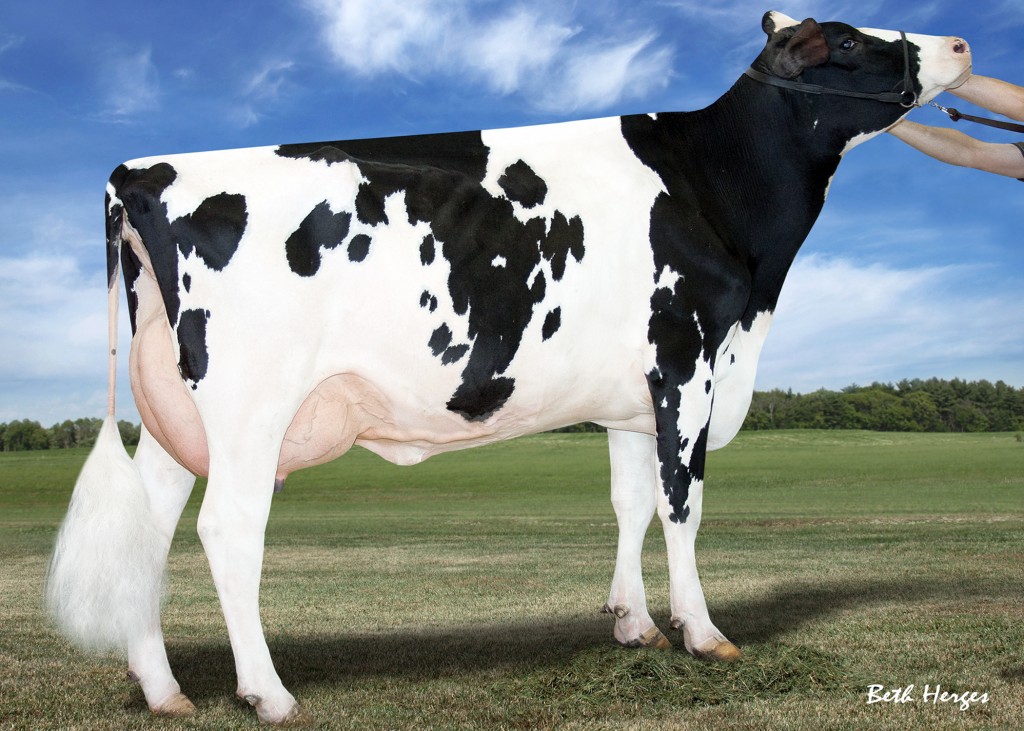
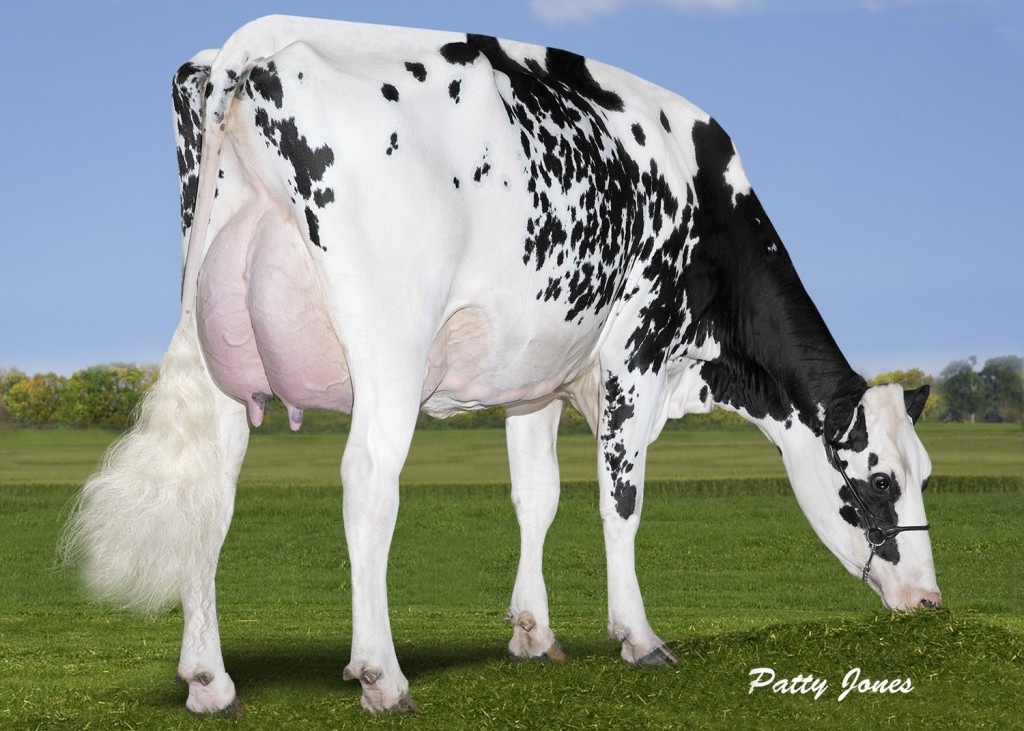
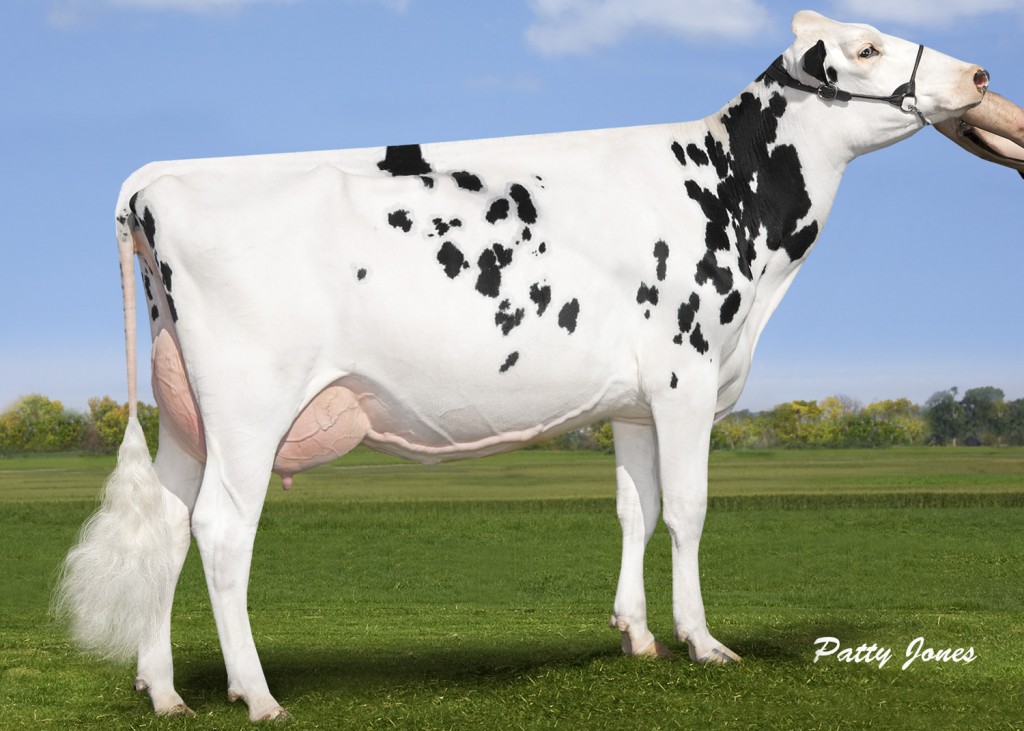
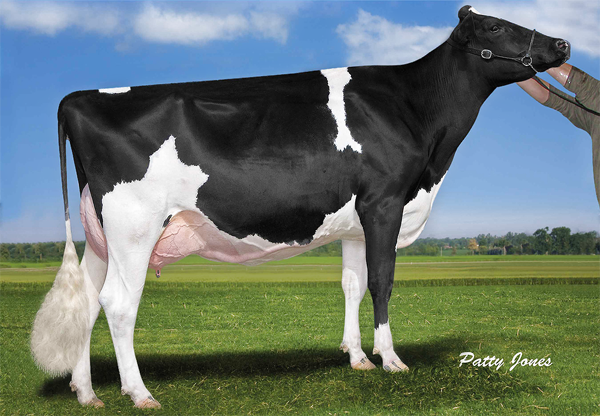
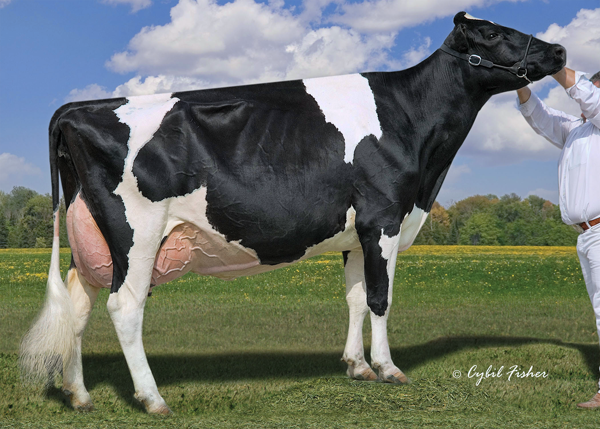

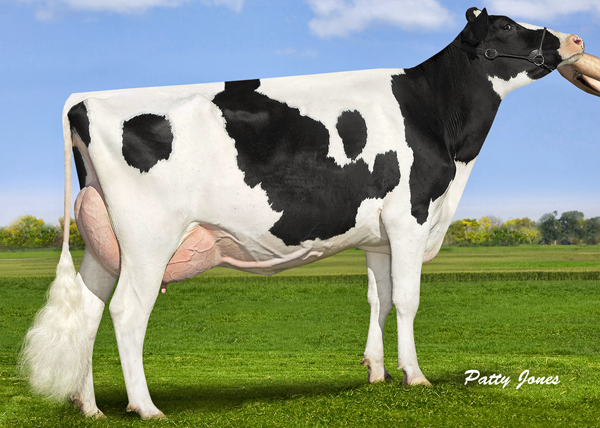
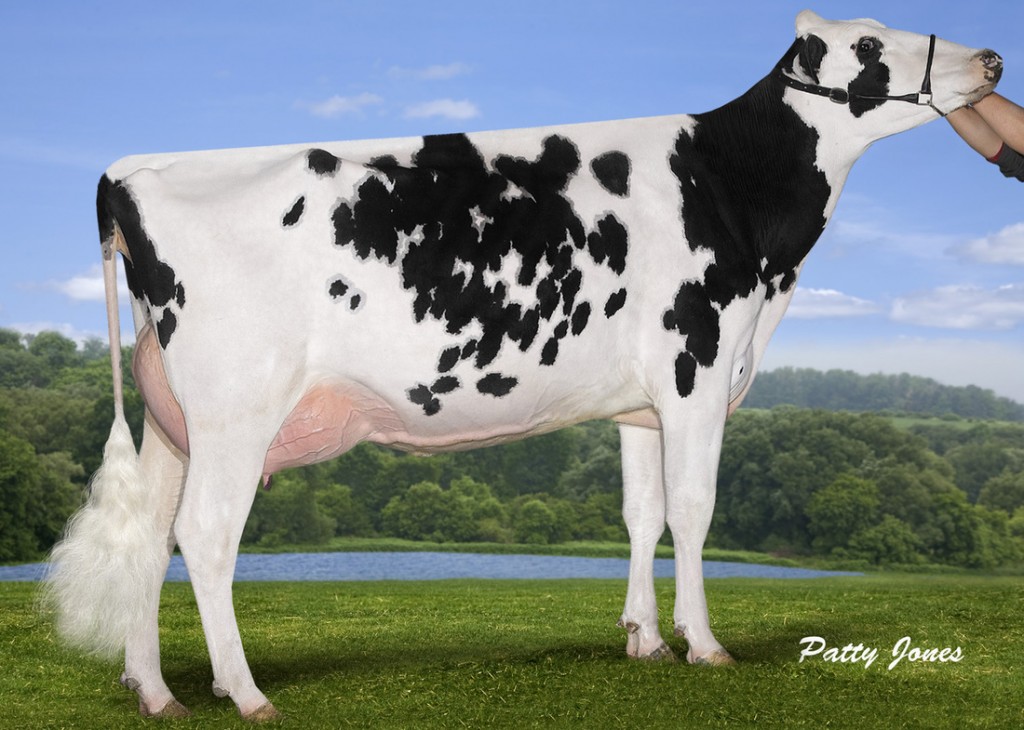
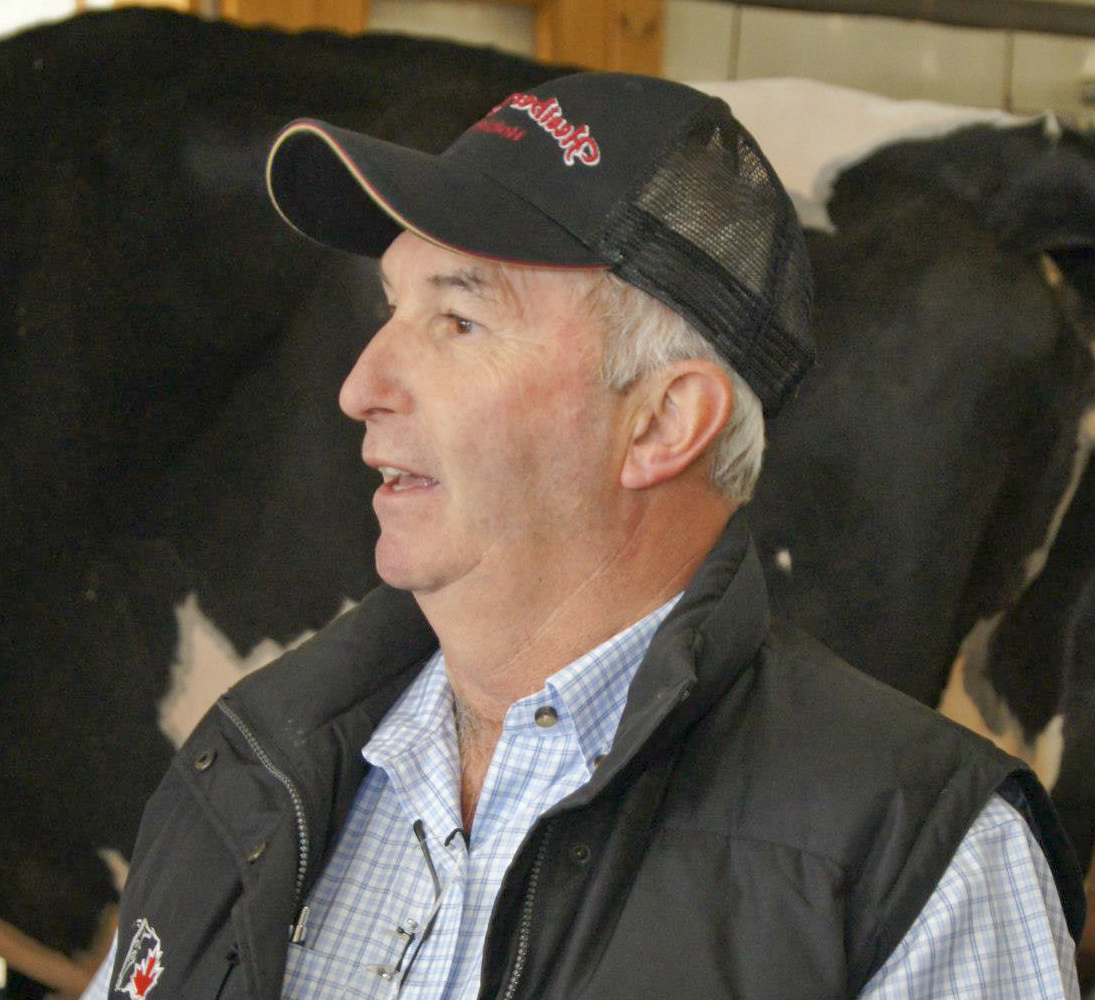 Glen has great respect for people in the barn and in the Board Room. It has served him well and been returned to him. He highlights his experiences while at the Holstein Canada Board table. “This enriching experience at the Board table has helped me develop an attitude of respect towards people and their opinions. People remember how you treat them and how you make them feel, longer than what you said. The most important ingredient of success is knowing how to get along with people.”
Glen has great respect for people in the barn and in the Board Room. It has served him well and been returned to him. He highlights his experiences while at the Holstein Canada Board table. “This enriching experience at the Board table has helped me develop an attitude of respect towards people and their opinions. People remember how you treat them and how you make them feel, longer than what you said. The most important ingredient of success is knowing how to get along with people.”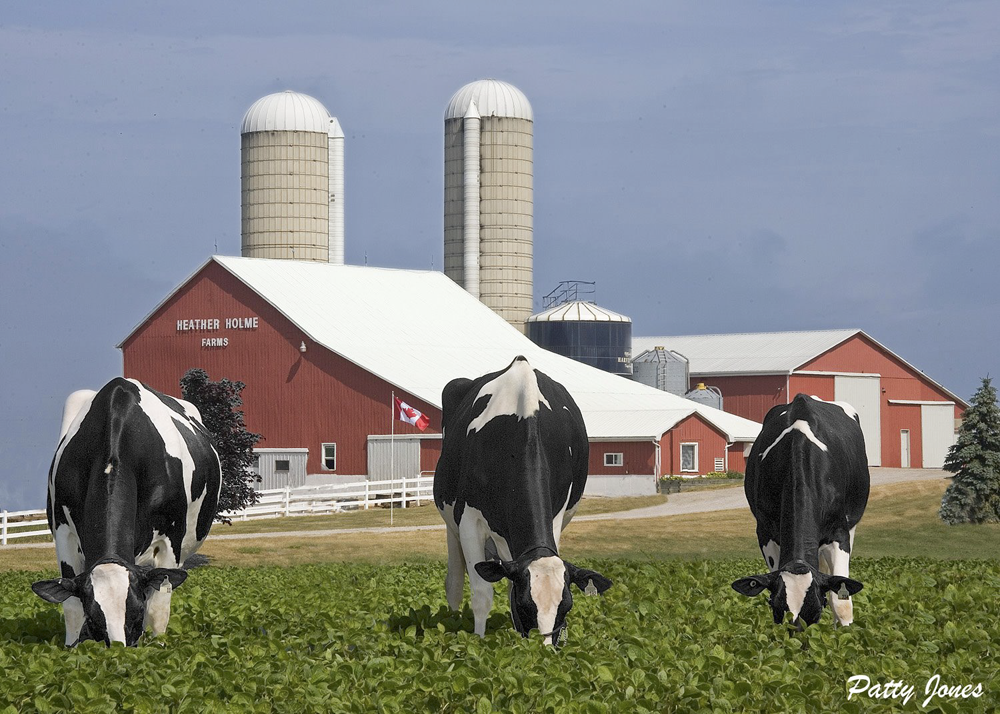
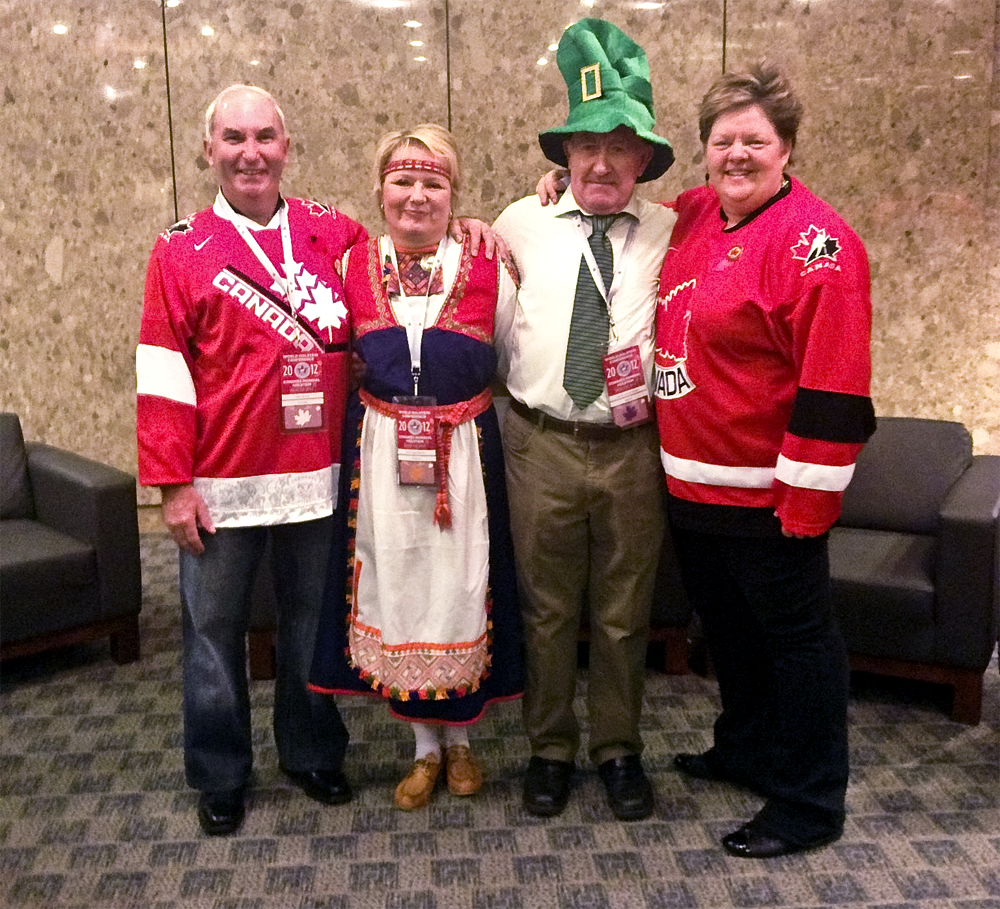
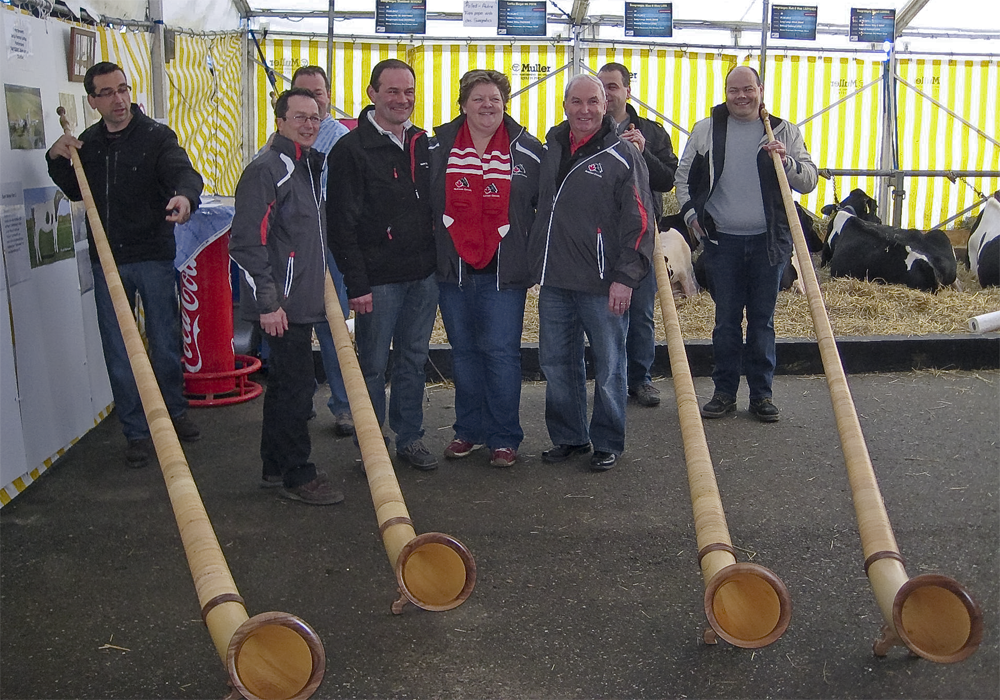
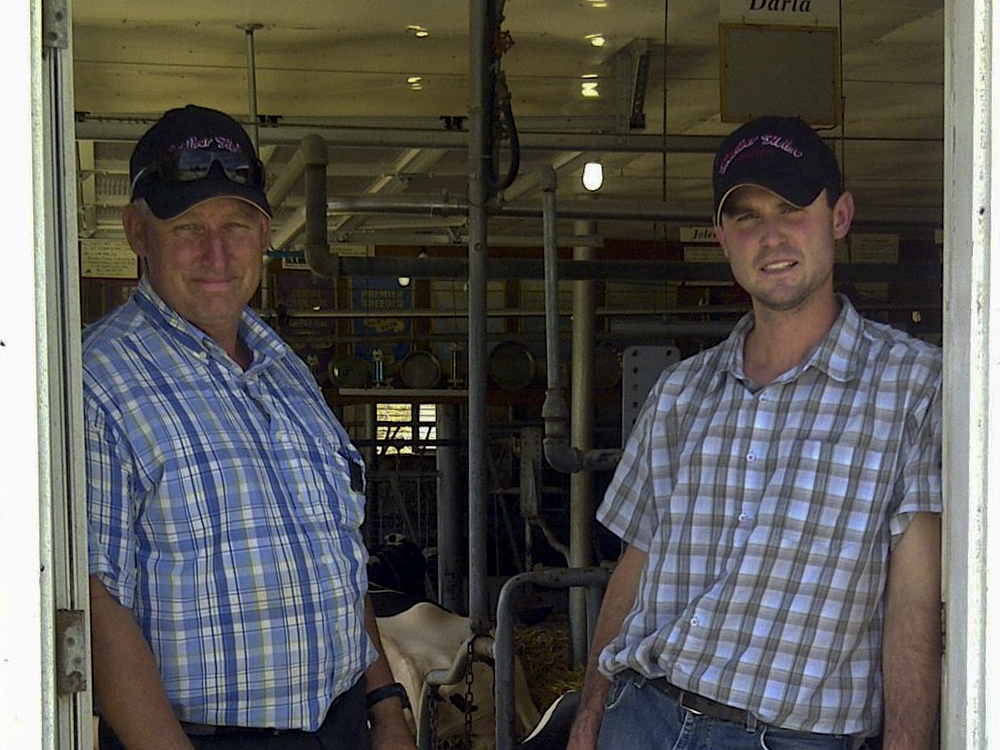
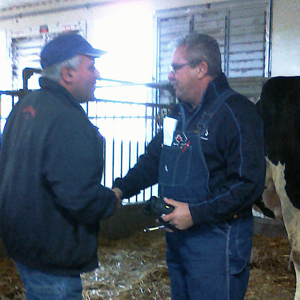 UDDERLY EXCELLENT
UDDERLY EXCELLENT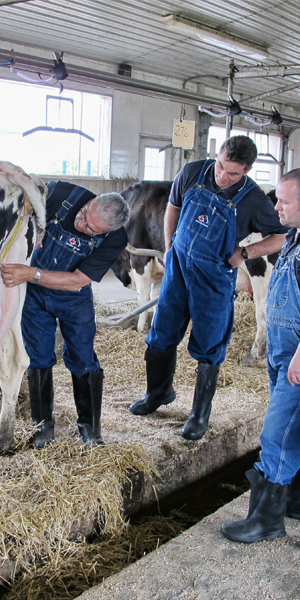 FACING FORWARD WITH CLASSIFICATION
FACING FORWARD WITH CLASSIFICATION



